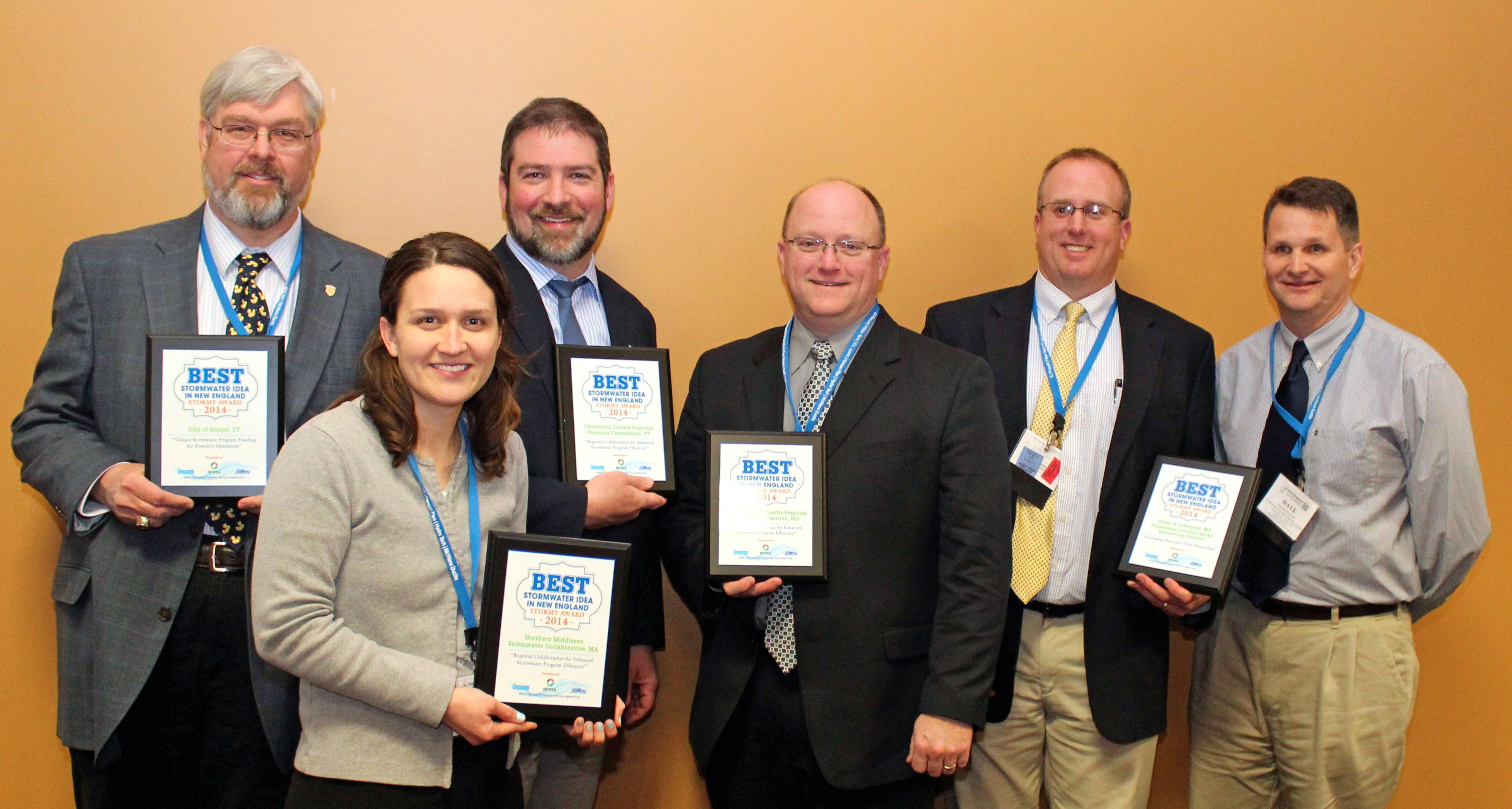On Oct. 8, at a meeting attended by the Water Environment Federation (WEF), the Obama Administration announced new executive actions, its Climate and Natural Resources Priority Agenda, and a series of private- and public-sector commitments to support investments in green infrastructure and improve natural resources management in the context of a changing climate. The actions outlined in the agenda focus on protecting important landscapes and developing new science, planning, and tools to foster climate-resilient lands and waters; enhancing U.S. carbon sinks such as forests, grasslands, wetlands, and coastal areas; promoting innovative 21st century infrastructure that integrates natural systems into community development, including green stormwater infrastructure; and modernizing federal programs, investments, and services to build resilience and enhance carbon storage.
Additionally on Oct. 8, 26 public and private sector organizations, including WEF, announced they are joining the Administration’s Green Infrastructure Collaborative. Through activities including research, outreach, information-sharing, tool development, and technical assistance, the new members are committing to work towards improving stormwater management and expanding the use of green infrastructure techniques in communities across the country.
The official announcement about the collaborative took place at the White House Leadership Roundtable hosted by the U.S. Environmental Protection Agency (EPA) and the White House Council on Environmental Quality (CEQ). The meeting brought together private and nongovernmental organizations as well as seven Federal agencies to discuss specific ways groups could work together to increase the rate of green infrastructure implementation.
CEQ Chairman Mike Boots opened the meeting by stressing the need to build resilient communities and support the nation’s natural resources. Additionally, he provided the goals of the collaborative, which include leveraging joint efforts to support green infrastructure, increasing knowledge and information transfer around green infrastructure technology and policy issues, and facilitating the sharing of best practices in enhancing green infrastructure adoption at the local level. Ken Kopocis, EPA deputy assistant administrator for water, highlighted permitting and regulatory avenues that promote green infrastructure, such as integrated planning, while respecting that gray infrastructure remains a critical aspect of many wastewater and stormwater systems. Jay Jensen, associate director of Land and Water Ecosystems with CEQ, facilitated a discussion with nongovernmental organizations and Federal agencies focusing on how groups can work together to promote green infrastructure and what Federal partners can do to support these efforts.
The second event hosted on Oct. 8, GreenGov Dialogue on Green Infrastructure, was a panel discussion by sector leaders, including President Ben Grumbles of the U.S. Water Alliance, Deputy Director Shannon Cunniff of the Environmental Defense Fund, Deputy Undersecretary Ann Mills of the U. S. Department of Agriculture’s Natural Resources and Environment, Deputy Assistant Secretary Marion McFadden with Grant Programs at the Department of Housing and Urban Development, and Executive Director Julius Ciaccia of the Northeast Ohio Regional Sewer District. Information presented ranged from natural infrastructure for coastal protection to the implementation of green infrastructure in urban environments.






